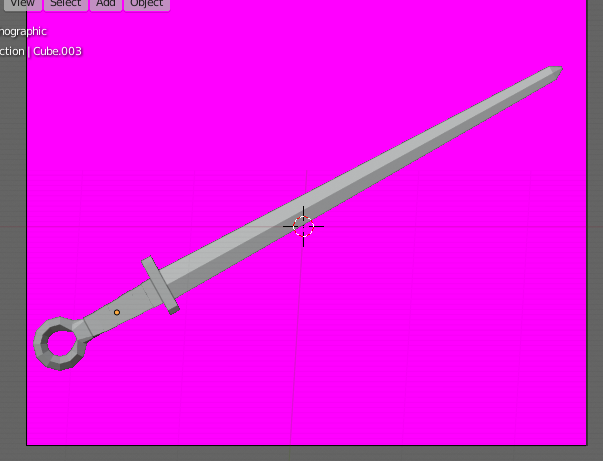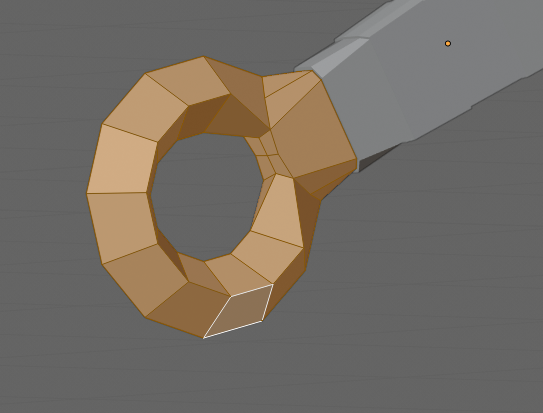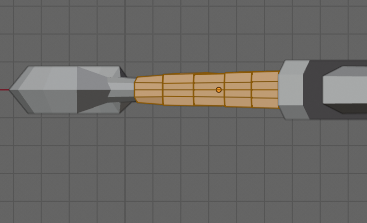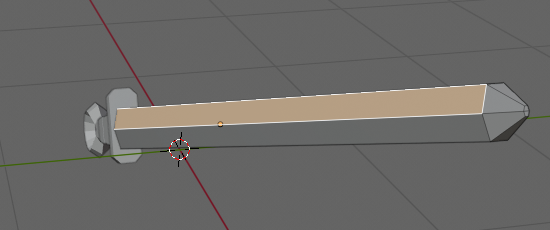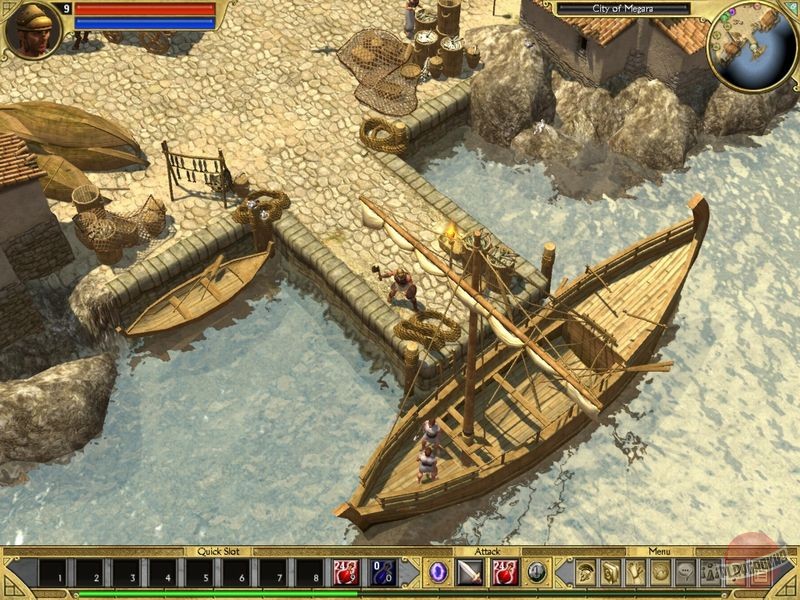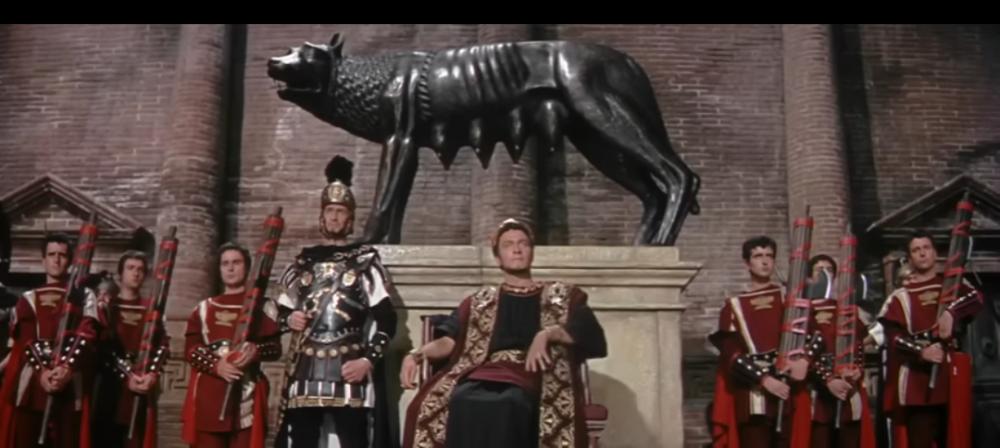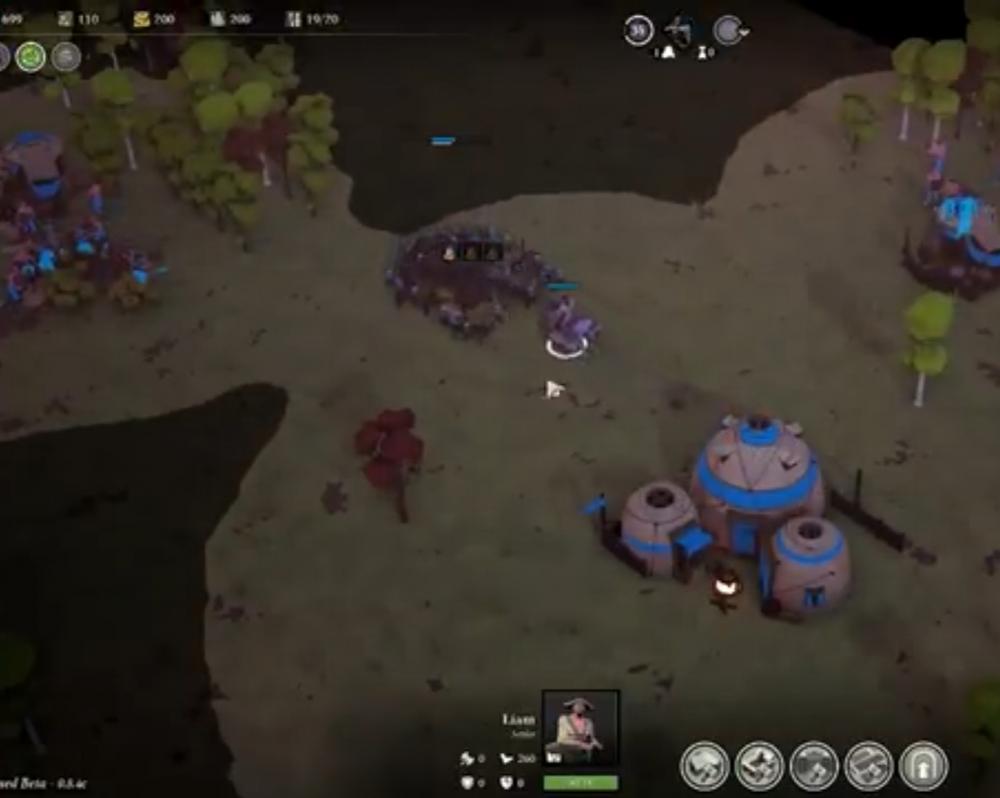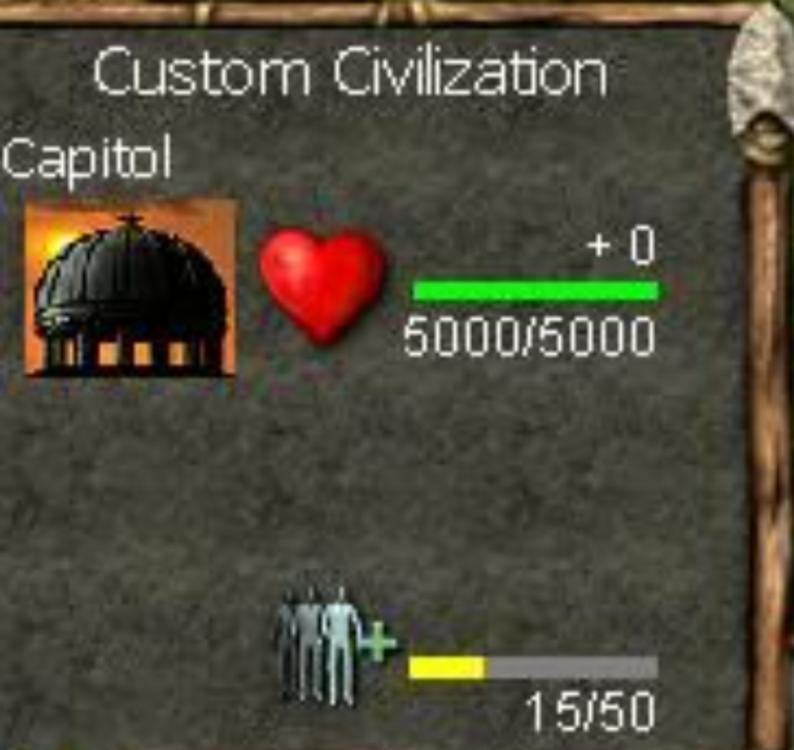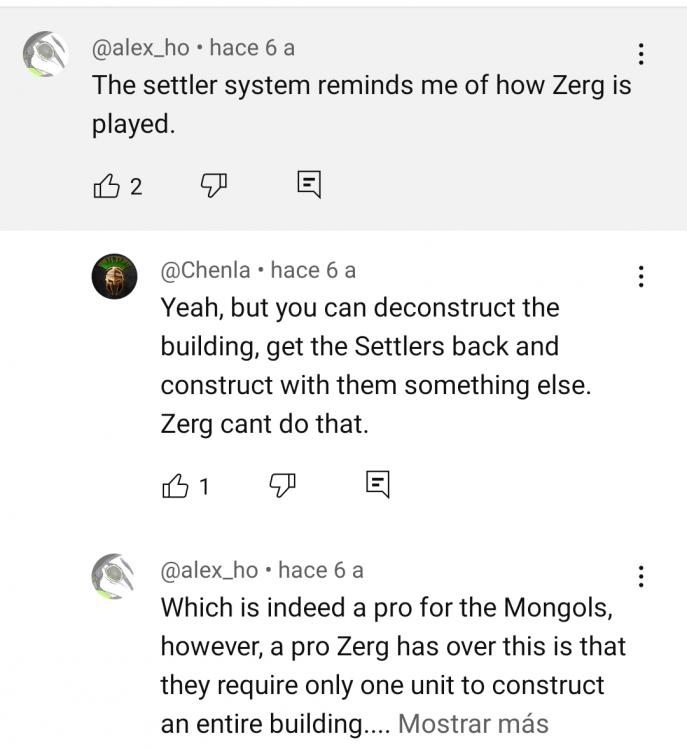-
Posts
25.684 -
Joined
-
Days Won
299
Everything posted by Lion.Kanzen
-
Olives and olive oil were not only an important component of the ancient Mediterranean diet but also one of the most successful industries in antiquity. Cultivation of the olive spread with Phoenician and Greek colonization from Asia Minor to Iberia and North Africa and fine olive oil became a great trading commodity right through to the Roman period and beyond. The olive also came to have a wider cultural significance, most famously as a branch of peace and as the victor's crown in the ancient Olympic Games. Long-lived and drought-resistant, the tree was a handily low-maintenance form of farming. Olive growers usually planted their trees in amongst fruit trees and reared animals so as to have some income in case of an olive crop failure, and it was an easy way to keep groves grass and weed free. The residue from pressing oil from olives could also be used as feed, especially for pigs. The earliest known presses in Greece come from Olynthos. Several examples have been excavated which used circular millstones to crush the olives. One of the best-preserved olive presses comes from Hellenistic Argilos in northern Greece. As the machine evolved, a winch was added to bring down the beam with greater force. Uses Not only were olives and olive oil an important part of the Mediterranean diet and cooking process (and still are, of course) but the oil produced from pressed olives was also used for many other purposes. Greeks and Romans used it to clean their bodies after exercise – smearing it on so that it collected dirt and sweat and then scraping it off using a metal instrument called a strigil. Olive oil was used as a fuel in terracotta (and more rarely metal) lamps, as an ingredient of perfumes, in religious rituals, for massages, as a multi-purpose lubricant, and even prescribed as a medicine. The Athenians considered the olive tree a gift from their patron goddess Athena, and this very tree grew on the acropolis of the city. They had an entire sacred grove of olive trees (moriae) too, from which oil was pressed and placed into uniquely decorated amphora vases to be given as prizes in the annual Panathenaic festival. Olive branches came to signify peace. Herodotus tells us that in the early 5th century BC Aristagoras of Miletus carried one when he went to negotiate help from Cleomenes during the Ionian Revolt against Persia so that he would not be turned away from the Spartan king. Olive branches were also carried by pilgrims who visited the sacred oracle of Apollo at Delphi. https://www.worldhistory.org/article/947/the-olive-in-the-ancient-mediterranean/
-
You have to think about coins and wealth and the trade generated from industry.
-
-
-
We had already discussed having a phase 3 building that would be like a plantation. Different civilizations have different production buildings.
-
To get a little inspiration.
-
.thumb.png.ce58cea22940c255f5b0a735d5abee36.png)
Problem to import Heightmap A26 and A27
Lion.Kanzen replied to Lion.Kanzen's topic in Help & Feedback
I'll try. -
.thumb.png.ce58cea22940c255f5b0a735d5abee36.png)
Narrative Campaign General Discussion?
Lion.Kanzen replied to Lion.Kanzen's topic in Gameplay Discussion
I'm going to fix it. -
-
.thumb.png.ce58cea22940c255f5b0a735d5abee36.png)
Narrative Campaign General Discussion?
Lion.Kanzen replied to Lion.Kanzen's topic in Gameplay Discussion
-
you must remember that it is not going to be seen at close size as in a first person game it is going to be seen from above from far away. the handle has a lot of detail.
-
I left you a little task. We will use it to decorate certain maps.
-
I want a stone dock.With a boat included. @Kiselena Here I will post several tasks for you. I want the stone platform, the props and the boats.
-
That's why I gave you the topic of Eyecandy, they are simple tasks. I will try to find it for you.
-
Ok, I'll take a look at it.
-
I always save the pictures. In science, you definitely can't rule anything out. In probabilities there is nothing that is impossible. Definitely interesting post. I'm going to prefer the Huns in lamellar armor or in chainmail. Having them in rags would be a Hollywood kind of mistake.
-
.thumb.png.ce58cea22940c255f5b0a735d5abee36.png)
Age of Mythology: Retold
Lion.Kanzen replied to borg-'s topic in Introductions & Off-Topic Discussion
-
.thumb.png.ce58cea22940c255f5b0a735d5abee36.png)
Age of Mythology: Retold
Lion.Kanzen replied to borg-'s topic in Introductions & Off-Topic Discussion
I like a lot of things about the graphic concept, Many can be seen in this gameplay,This goes from the ground textures to the pine trees, to the interface,to the map. -
.thumb.png.ce58cea22940c255f5b0a735d5abee36.png)
Age of Mythology: Retold
Lion.Kanzen replied to borg-'s topic in Introductions & Off-Topic Discussion
-
Do you think it is possible to have a black variation and a stone (marble) variation? ++++ PD: It looks pretty good, makes you want to have an eagle too.
-
I'm thinking of a new mechanic for making settlements. I have named it; Populate. I got the basic idea from Empire Earth, but it's different. The Empire Earth wiki says: "Populating is the act of placing Citizens inside a Settlement, Town Center, Capitol or Granary in order to increase the resource gain from each building or to turn it into a different building. To populate a building, select the desired number of citizens, click the button next the Explore button and then right-click on the building you wish to populate. You could also just press "G" on your keyboard instead of clicking the populate button." https://empireearth.fandom.com/wiki/Populating Basically I intend to create nomadic settlements with this concept, but we will not do it with villagers or CS units. We will make the settlements with carts. That was my original idea with nomadic defenses-settlements. The rest of the idea is from Empires Apart. In Empires Apart you use this system to make buildings with nomadic Mongols. The empires apart wiki says: Mongols buildings (and siege units) are built out of the Qara'utai Tergen, which unpack into buildings for free and can repack at will, allowing for a high amount of mobility. Basically you create a foundation and you fill it with the required carts until it is finished. This is how you create a nomadic settlement. This will happen with nomadic settlements, those consisting of carts or wagons. I forgot to mention that it's similar to how zerg are played in Starcraft except that you need multiple carts for a settlement and it can be disbanded or disassemble.
-
.thumb.png.ce58cea22940c255f5b0a735d5abee36.png)
Default unit behavior: capture or destroy?
Lion.Kanzen replied to Gurken Khan's topic in Gameplay Discussion
We have never played with our own feature, never imposed restrictions, bonuses and rarely technologies. ------ I agree with wow. But we should do experiments with capturing, sometimes it is op. The towers also need to be rebalanced.It never were balanced since the capture mechanic is used.



.jpeg.87760574cbf32b85763631aea805734e.jpeg)
.jpeg.a43febd6f5740ec41ed6942e7a56daad.jpeg)
.jpeg.6def95d6dad8601ba77701dbbdc7b121.jpeg)

.jpeg.12332f6ed3463a4b27ad35257f9f7eb3.jpeg)



